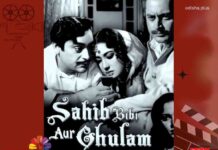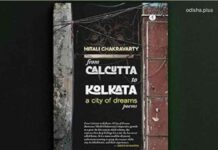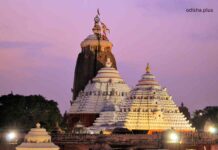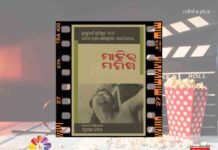The English translation of Surendra Mohanty’s Neelashaila captures the cultural and spiritual essence of 18th-century Odisha, centered on the Jagannath temple in Puri
Bhaskar Parichha
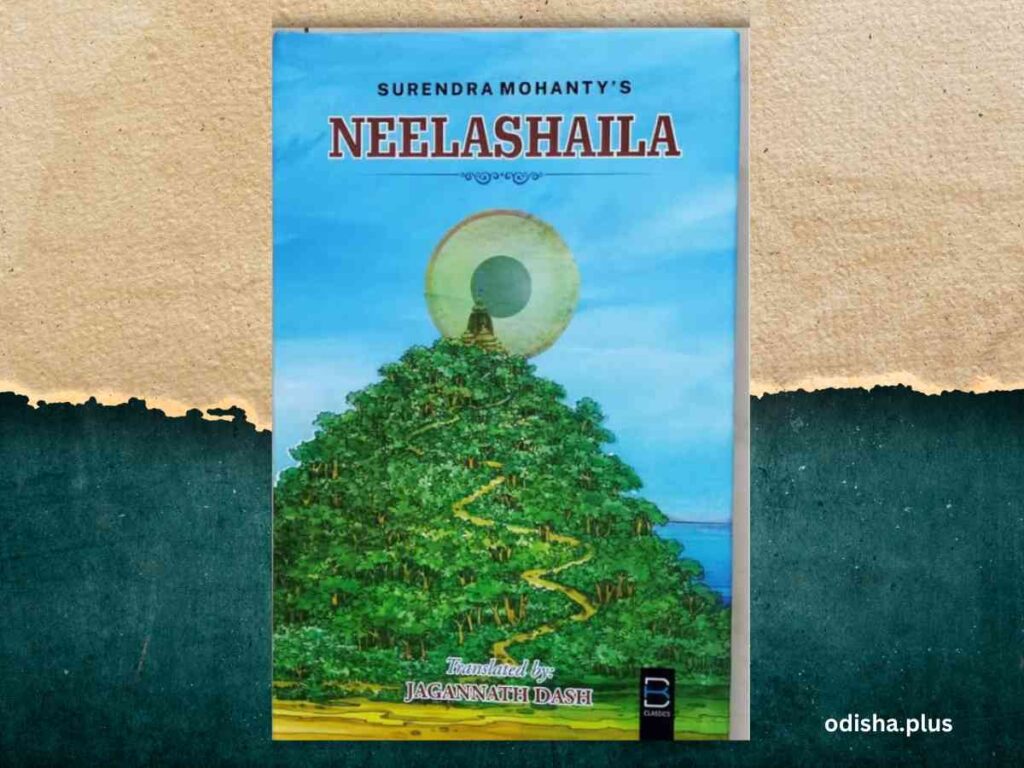
Neelashaila
Surendra Mohanty/ Jagannath Dash
BK Classics
Bhubaneswar
Surendra Mohanty’s renowned classic, ‘Neelashaila’, is centered on the illustrious Jagannath temple in Puri, exploring the rich Jagannath culture. At the same time, it vividly portrays Odisha’s magnificent history and delves into the inner turmoil of its characters through masterful prose. This work has been celebrated as a significant addition to modern Odia literature, noted for its inclusive perspective and its diverse array of characters.
Surendra Mohanty (1922-1990) was a distinguished author honored with a Central Sahitya Akademi award, the esteemed Sarala Puraskar and the prestigious Padma Shri. He was a prolific writer, having authored over fifty works, which encompass novels, short stories, travelogues, biographies, essays, and literary critiques. While he demonstrates proficiency across various literary forms, his achievements as a novelist and short story writer stand out significantly. His writing is noted for its melodic quality and depth, as well as its elevated and grand style. The originality of his themes, along with his distinctive approach to narrative and treatment, secures his prominent position in the annals of Odia literature.
Neelashaila is a historical novel in Odia that explores the socio-political, cultural, and religious landscape of 18th-century Odisha. During this time, Ramachandra Dev II was the Gajapati Maharaja of Khordha, while Taqi Khan, a fierce opponent of Hinduism, served as the Naib Nazim of Cuttack. Taqi Khan aimed to erase the Odia identity and undermine Hinduism by attacking Shree Mandir in Puri and destroying Jagannath, the revered figure of a resilient community. The novel’s main focus is on how Ramachandra Dev defended the sanctity of Jagannath amidst a backdrop of intrigue, betrayal, and captivating tales of love and sacrifice.
Surendra Mohanty articulates his perspective on the novel by stating that “Lord Jagannath holds a significant position in the cultural and spiritual heritage of Odisha. He transcends the limitations of any specific community, religion, sect, or ideology. In Him, the principles of Shikhism and Nihilism find common ground. Jagannath embodies a harmonious blend of all faiths and philosophies, serving as a non-sectarian and secular emblem of love, unity, and integrity. Various figures, including Bishvabasu, the tribal leader, Indradyumna the Arya, Indrabhuti the Buddhist teacher, Shankaracharya the Shaivaite, Ramanuj, Shri Chaitanya the Sikh Guru, Nanak, and the Ganapatyas, have recognized their deities in Jagannath. Additionally, Muslim saints like Sal Baig and Hari Das have offered heartfelt prayers to Jagannath. Sri Jagannath is revered as the Lord of the Universe, a champion of humanism, and a proponent of universal love, tolerance, equality, and fraternity grounded in a cosmopolitan philosophy. The novel primarily focuses on the vivid representation of Odisha’s indomitable spirit, steering clear of narrow sectarian concerns. The conflict depicted is not directed against any religion, sect, or national adversary; rather, it symbolizes an eternal idealistic struggle of humanity against the adversities faced by mankind.”
This timeless novel has now been translated into English by Jagannath Dash, a versatile literary figure who is a poet, playwright, critic, storyteller, and bilingual translator. He has served as a Reader in English and as a Principal, and his literary works include twenty books, including two monographs on poet Padma Charan Pattanayak and storyteller Basant Kumar Satpathy.
In the preface, Dash states, “While ‘Neelashaila’ is indeed a historical novel, it is not the historical context that resonates most with readers; rather, it is the enduring journey of life and the sensitive themes of human suffering that captivate them. This aspect serves as the core motivation of the narrative, as the struggles of contemporary Odisha are embodied in the character of Sara Dei. Although she is a creation of Surendra Mohanty and not a historical figure, her experiences evoke a strong emotional response from readers, drawing them into the complex interplay of the story’s plot and subplots. This engagement is further heightened by the novel’s remarkable poetic dimension. Additionally, the work is rich in cultural and linguistic significance, presenting a considerable challenge for translators.”
Dash notes that in his interpretation of the text, he has aimed to avoid subjectivity, striving to stay true to the novel’s tone, spirit, and subtleties while ensuring the translation is easy to read.
Even though translating a period novel comes with its difficulties, it’s commendable how Dash has elegantly translated Neelashaila. The inclusion of a glossary for terms that can be challenging to grasp, even for native and non-Odia readers alike, enhances the work further.
‘Neelashaila’ is truly a significant contribution to Odia literature, both in its original form and in translation.
(The author is a senior journalist and columnist. Views expressed are personal.)





















